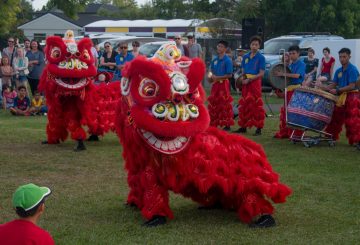新西兰远北区议会已投票决定将向部分城镇供水中添加氟化物的时间推迟两年。该决定是在卫生总干事阿什利·布卢姆菲尔德爵士指示14个委员会在2022年对公共供水进行氟化处理之后做出的。远北区议会定于今年6月30日之前开始在凯塔亚和凯里凯里的水中添加氟化物。
但是,在理事会会议上,议员希尔达·哈尔基亚德-哈拉维拉提议将最后期限延长至2026年6月。她认为,氟化成本对于远北地区来说太高了,那里有许多人穷无家可归。她建议,这笔钱最好花在改善饮用水质量或牙科服务上。该动议以九票对一票获得支持。
北国观察组织成员黛布·洛克-埃文斯也敦促该委员会推迟氟化。她警告说,由于高等法院在2021年作出的一项裁决,该委员会可能面临法律风险,该裁决认定卫生总局局长在下令氟化时没有考虑人权法案。
会后,反氟化物活动家迈克尔·费恩将这次投票描述为 “一个良好的开端”。他赞扬该委员会加入了全国其他质疑政府氟化令的议会。
如果该委员会不对供水进行氟化处理,也不批准延期,则可能面临最高20万美元的罚款,外加每天1万美元的持续违规罚款。安装氟化设备的成本预计为460万美元,每年额外增加10万美元的运行成本。
2021年,一项新法律将氟化决策的责任从地方议会移交给了卫生部。阿什利·布卢姆菲尔德爵士曾说过,氟化是预防蛀牙的一种安全、实惠且有效的方法。他补充说,包括婴儿和老人在内的所有人都可以安全饮用氟化水。

















































-360x245.jpg)










